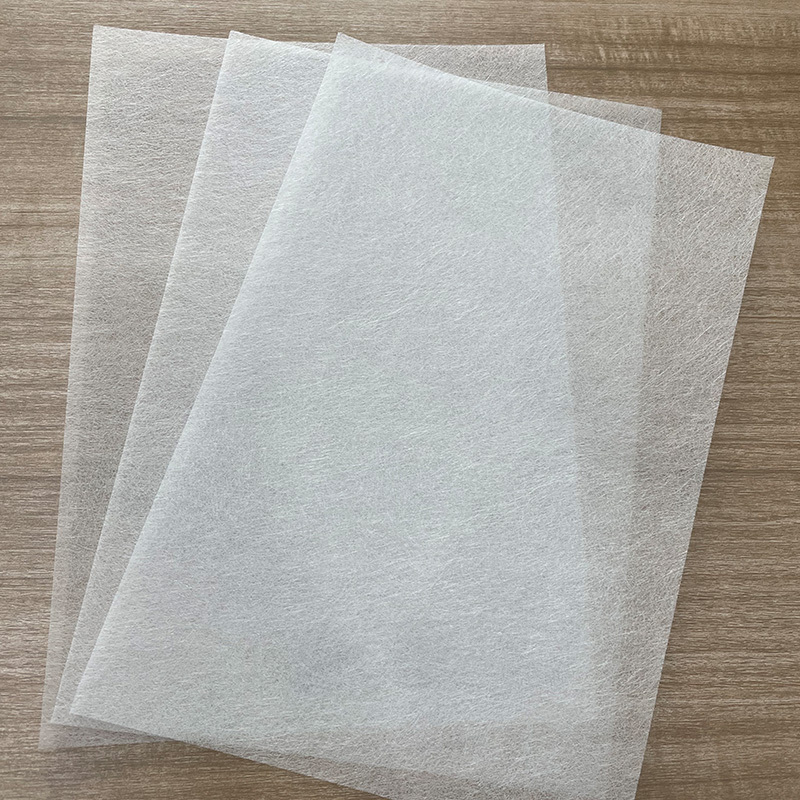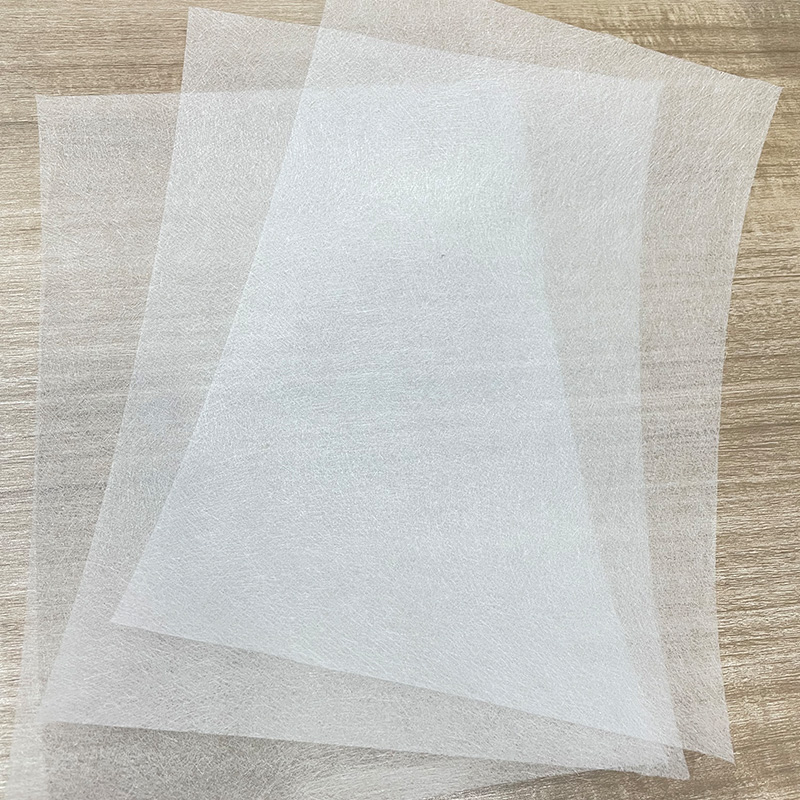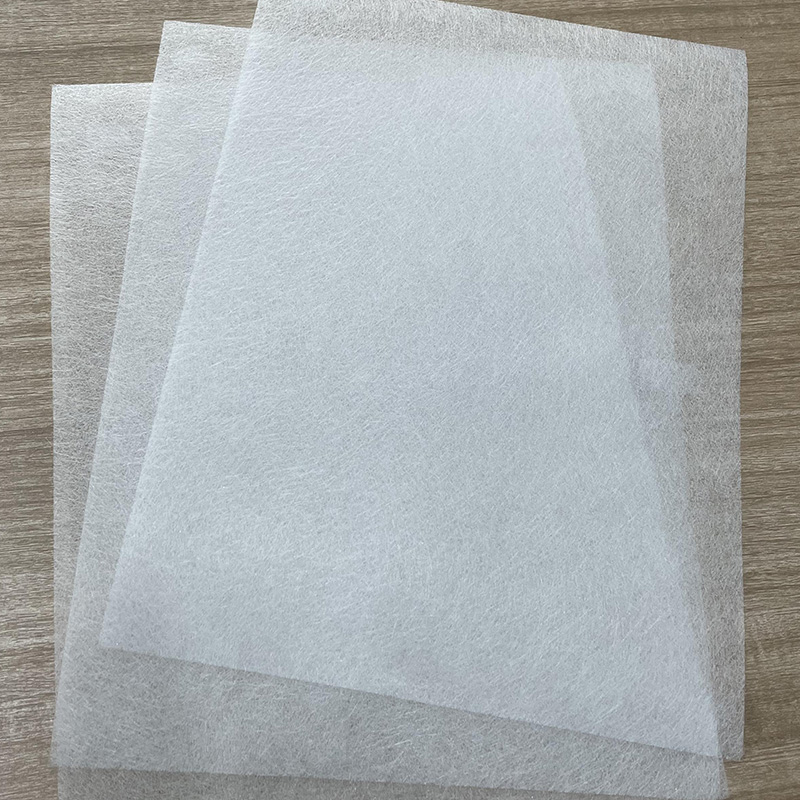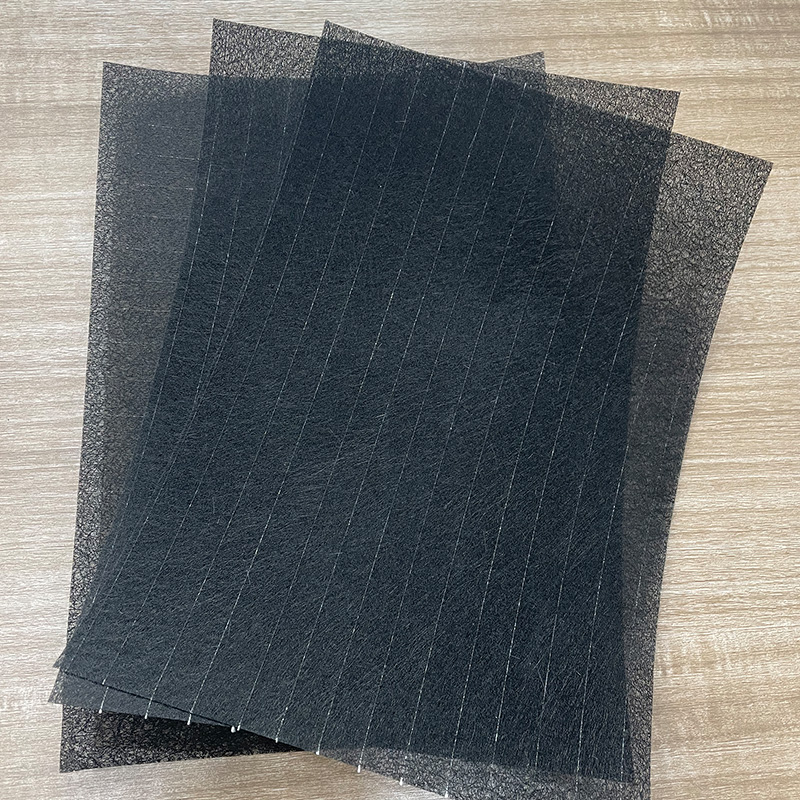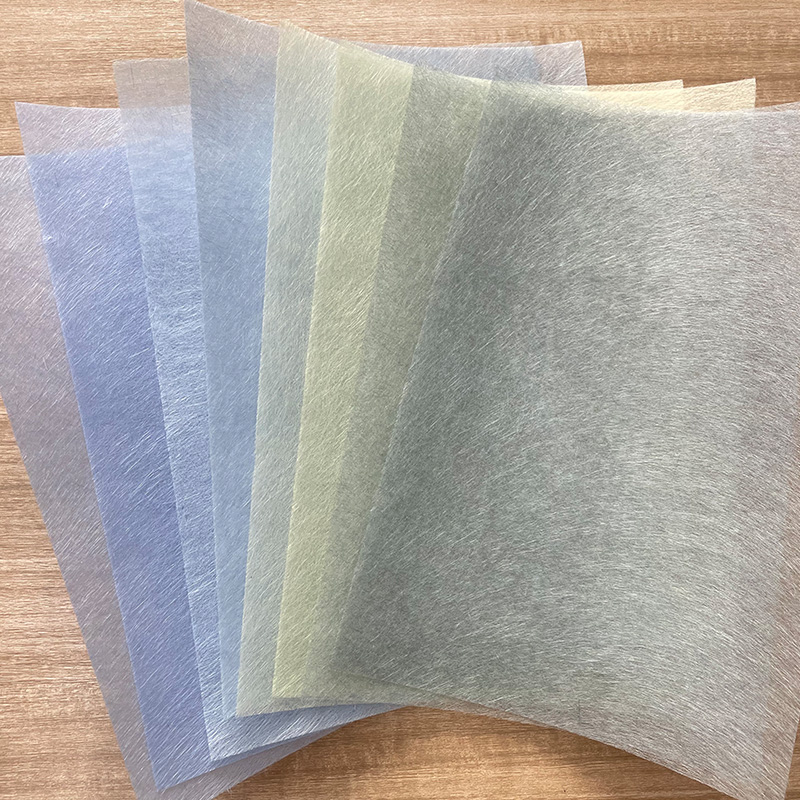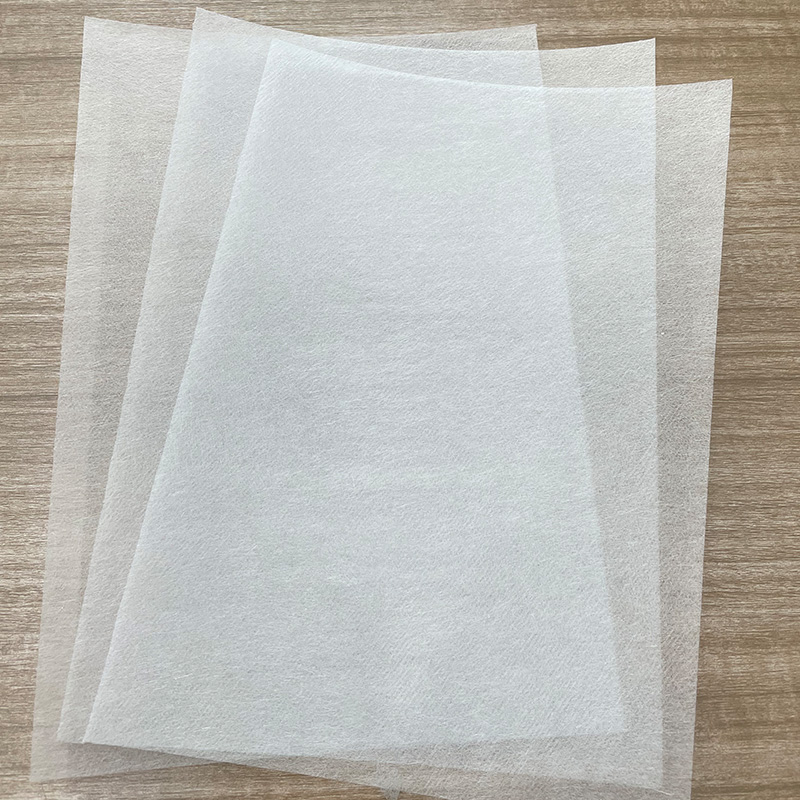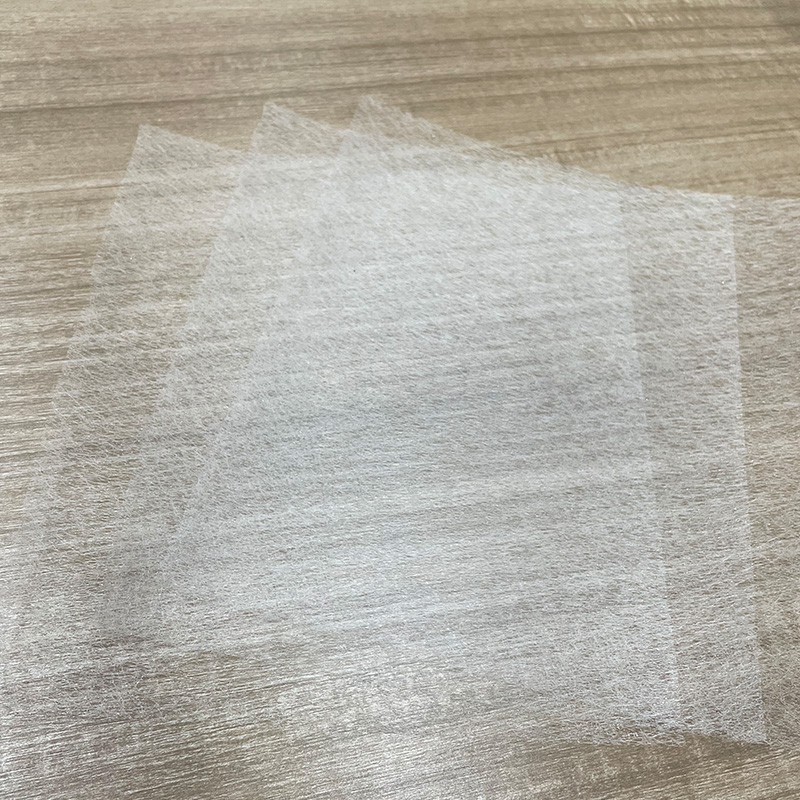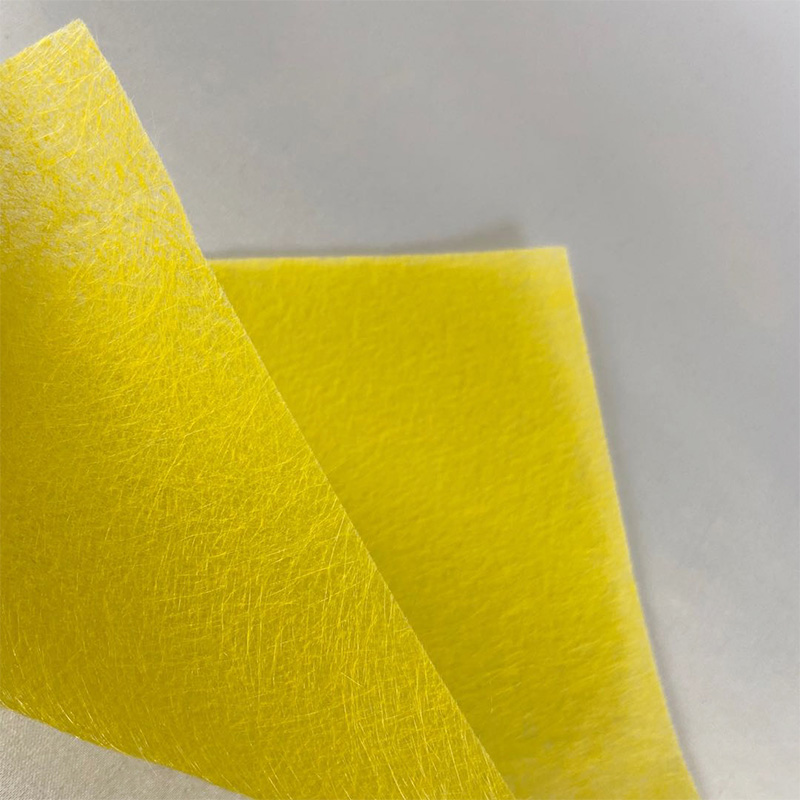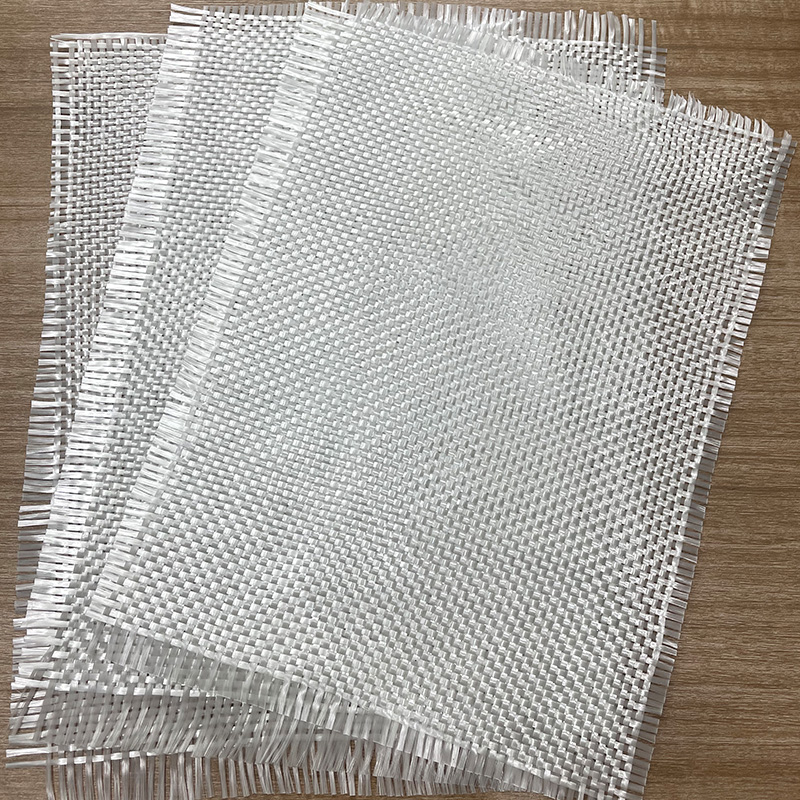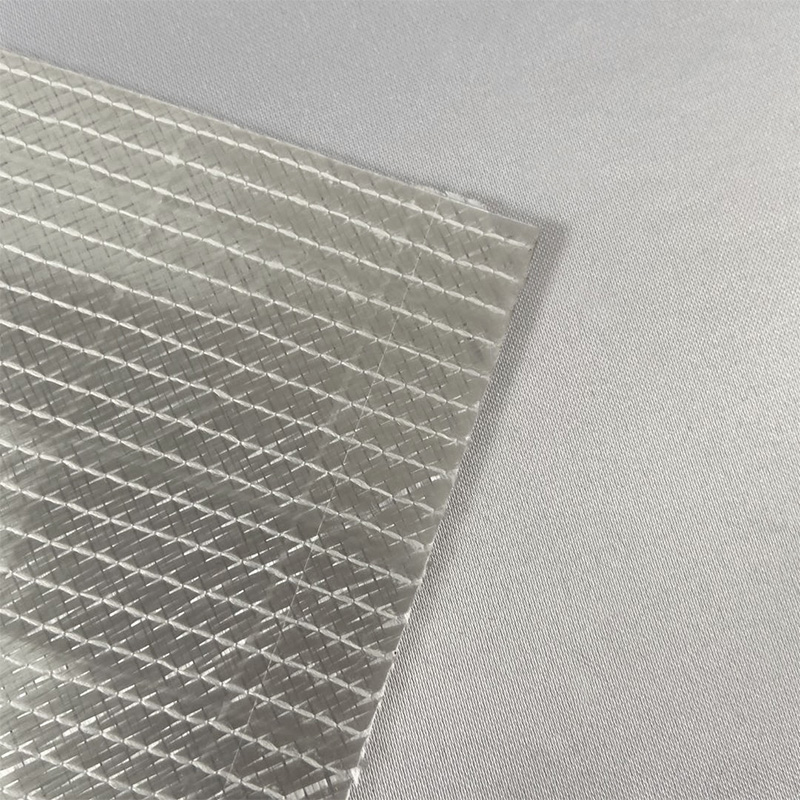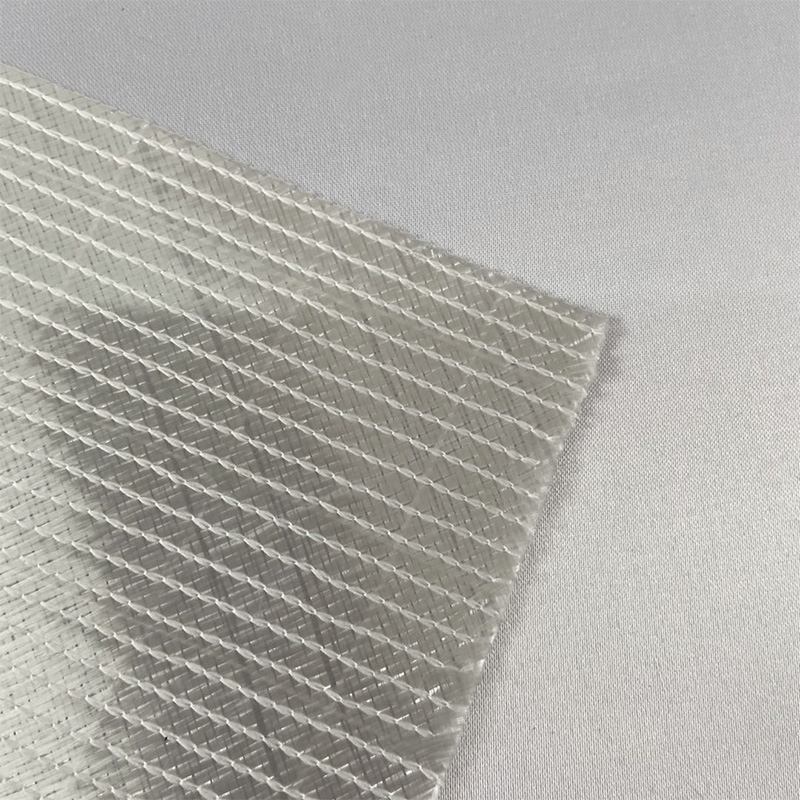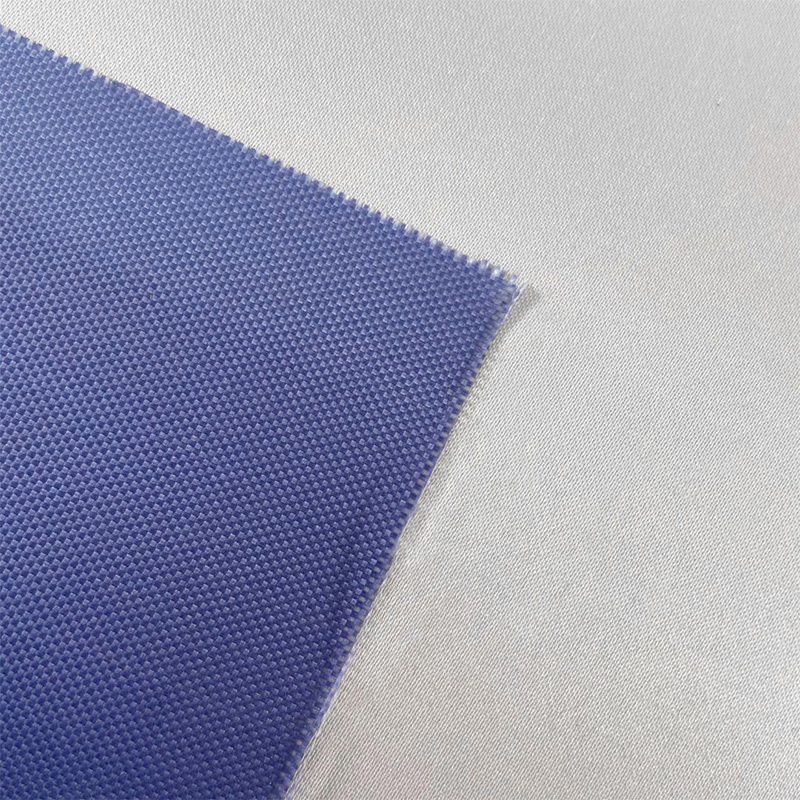1. Innovation in material properties
As a waterproof material, Roofing Tissue's innovations in material properties are mainly reflected in its high strength, weather resistance and corrosion resistance. The high strength characteristics of Roofing Tissue is one of its important innovations. This material is treated with a special process and has tensile strength and tear resistance. This means that even under severe weather conditions, such as storms, strong winds, etc., Roofing Tissue can maintain its integrity and stability, effectively prevent moisture penetration, and ensure dryness and safety inside the building. The weather resistance of Roofing Tissue is also an important innovation in its material properties. Weather resistance refers to the material's ability to maintain the stability and durability of its performance even after long-term exposure to various climatic conditions in the natural environment, such as sunlight, ultraviolet rays, rain, frost and snow, etc. Roofing Tissue has been treated with special additives and processes to significantly improve its weather resistance, allowing it to be used for a long time under various harsh climatic conditions without aging, cracking or damage, thereby extending the service life of the waterproof layer. . The corrosion resistance of Roofing Tissue is also an important innovation in its material properties. Corrosive environments, such as acid rain, chemical gases, etc., place extremely high requirements on waterproof materials. Roofing Tissue has corrosion resistance through special surface treatment and the addition of corrosion-resistant agents. It can resist the erosion of various corrosive substances and maintain the integrity and functionality of the waterproof layer.
2. Construction technology innovation
In terms of construction technology innovation, the application of Roofing Tissue is mainly reflected in the following aspects:
Prefabricated construction: By pre-processing the roofing tissue into standard size waterproofing membranes, it can be quickly laid at the construction site, greatly improving construction efficiency. At the same time, prefabricated construction can also reduce the waste of on-site materials and reduce construction costs.
Mechanized construction: The use of professional construction machinery, such as rolling machines, hot melt welding machines, etc., can realize automated laying and welding of Roofing Tissue, which not only improves construction efficiency, but also ensures the construction quality of the waterproof layer.
Modular design: Combining Roofing Tissue with other waterproof materials into a modular waterproof system allows for easy local repair and replacement, reducing damage to the entire waterproof layer and improving the reliability and durability of the waterproof system.
3. Energy saving and environmental protection innovation
In terms of energy conservation and environmental protection, the application of Roofing Tissue is mainly reflected in the following aspects:
Energy-saving materials: Using Roofing Tissue with low thermal conductivity as roof waterproofing material can reduce the heat transfer coefficient of building roofs, thereby reducing the cooling load of air conditioners in summer and heating energy consumption in winter.
Green construction: During the construction process of Roofing Tissue, less waste is generated and it is easy to recycle and reuse, which meets the requirements of green construction.
Environmentally friendly materials: During the manufacturing process of Roofing Tissue, environmentally friendly materials and processes are used to reduce environmental pollution. At the same time, Roofing Tissue itself also has good environmental performance, such as degradable, non-toxic and harmless.
4. Intelligent innovation
With the development of intelligent technology, the application of Roofing Tissue in the field of building waterproofing has also shown an intelligent trend. For example, embedding smart sensors into Roofing Tissue can monitor the temperature, humidity and other parameters of the waterproof layer in real time, and send the data to a remote monitoring center for analysis and processing through wireless transmission technology. Once an abnormality occurs in the waterproof layer, the monitoring center will immediately issue an alarm and automatically adjust the operating parameters of the waterproofing system to cope with the abnormal situation. This intelligent waterproofing system can not only improve the reliability and durability of the waterproof layer, but also reduce maintenance costs and improve maintenance efficiency.
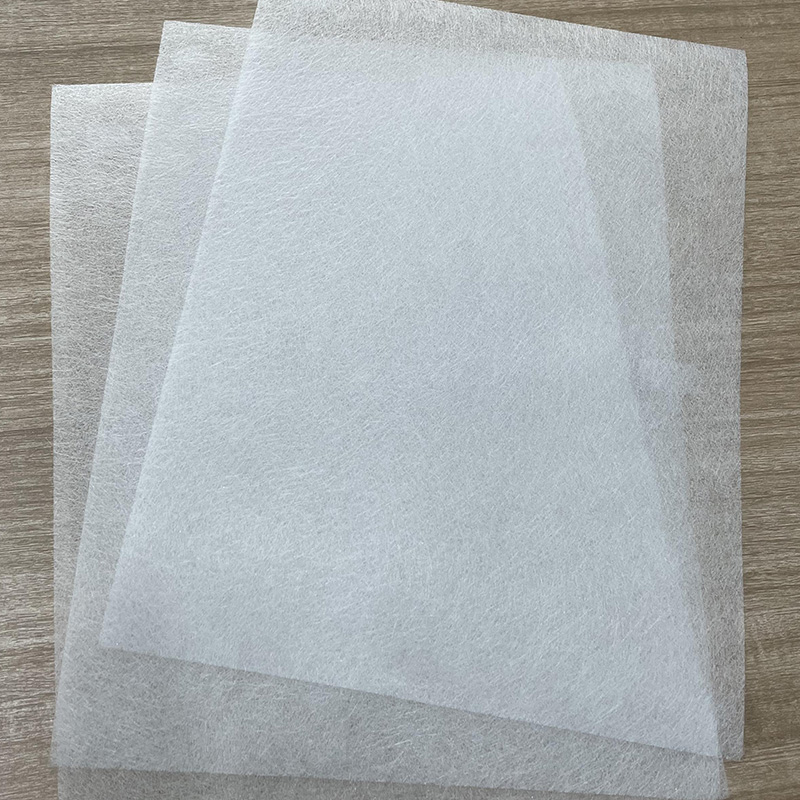

 English
English 中文简体
中文简体 русский
русский Español
Español